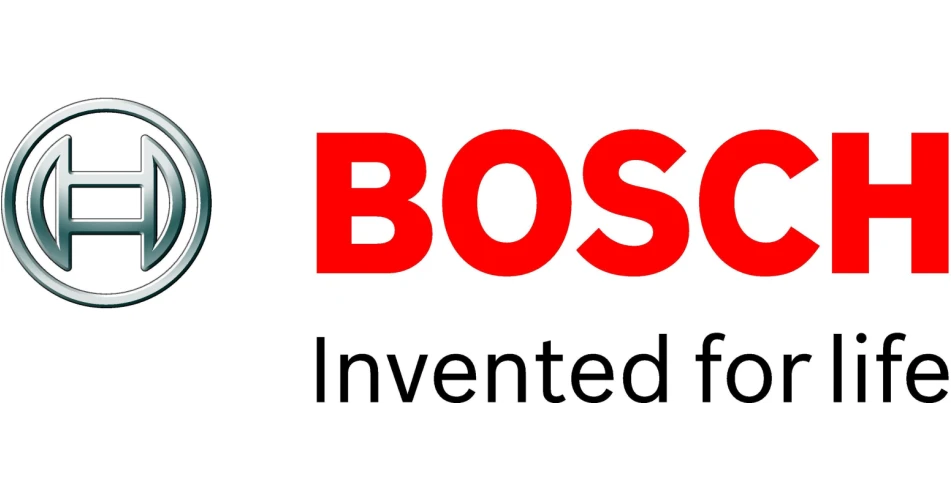Euro 6 regulations on vehicle emissions come into effect in just a few months time. With this in mind parts and equipment supplier Bosch has issued some timely information to help the aftermarket to easily understand the changes.
The aim of Euro 6 and previous similar regulation is to reduce harmful emissions and protect both the environment and reduce the very real threat posed to public health by harmful diesel exhaust gases. Euro 6 diesel vehicles are cleaner and more economical for motorists and emit less nitrogen oxides and carbon dioxide.
Dr. Rolf Bulander, the member of the board of management of Robert Bosch GmbH responsible for powertrain technology says, “Euro 6 will make diesel cars as clean as gasoline cars.” He points out that the main thrust of the new regulation is to set lower limits for vehicle emissions of particulates and nitrogen oxides. As of 1 September 2014, diesel vehicles may emit no more than 80 mg/km of nitrogen oxides (gasoline vehicles: 60 mg/km). This replaces the previous limit of 180 mg/km. As of 1 January 2015, all new vehicles sold must meet the Euro 6 limits.
Since the Euro 1 regulation was introduced in 1993, emissions from road traffic have been drastically reduced. Advanced automotive technology, much of it pioneered by Bosch, has reduced emissions of substances such as CO2, nitrogen oxides, and particulates. Technical advances in powertrains are also having an effect. Since 1990, particulate emissions from diesel engines have been reduced by around 99 percent, while modern diesels emit some 98 percent less nitrogen oxide than comparable vehicles from the early 1990s. As electrification of the powertrain continues to progress, emissions will fall even further.
Diesel vehicles need a perfectly tuned exhaust-treatment system in order to meet the lower limits set out in Euro 6. For vehicles weighing up to around 1,700kg, a low-cost NOx storage catalytic converter is sufficient. “In heavy vehicles, only an SCR catalytic converter with AdBlue will do,” says Dr. Markus Heyn, president of the Diesel Systems division at Robert Bosch GmbH. This system injects AdBlue, an odourless urea solution, which converts the nitrogen oxides into harmless water vapour and nitrogen. AdBlue is refilled at regular service intervals.
To help with a better understanding of the new regulations Bosch has also provided a link to a short video which you can view by clicking below.
